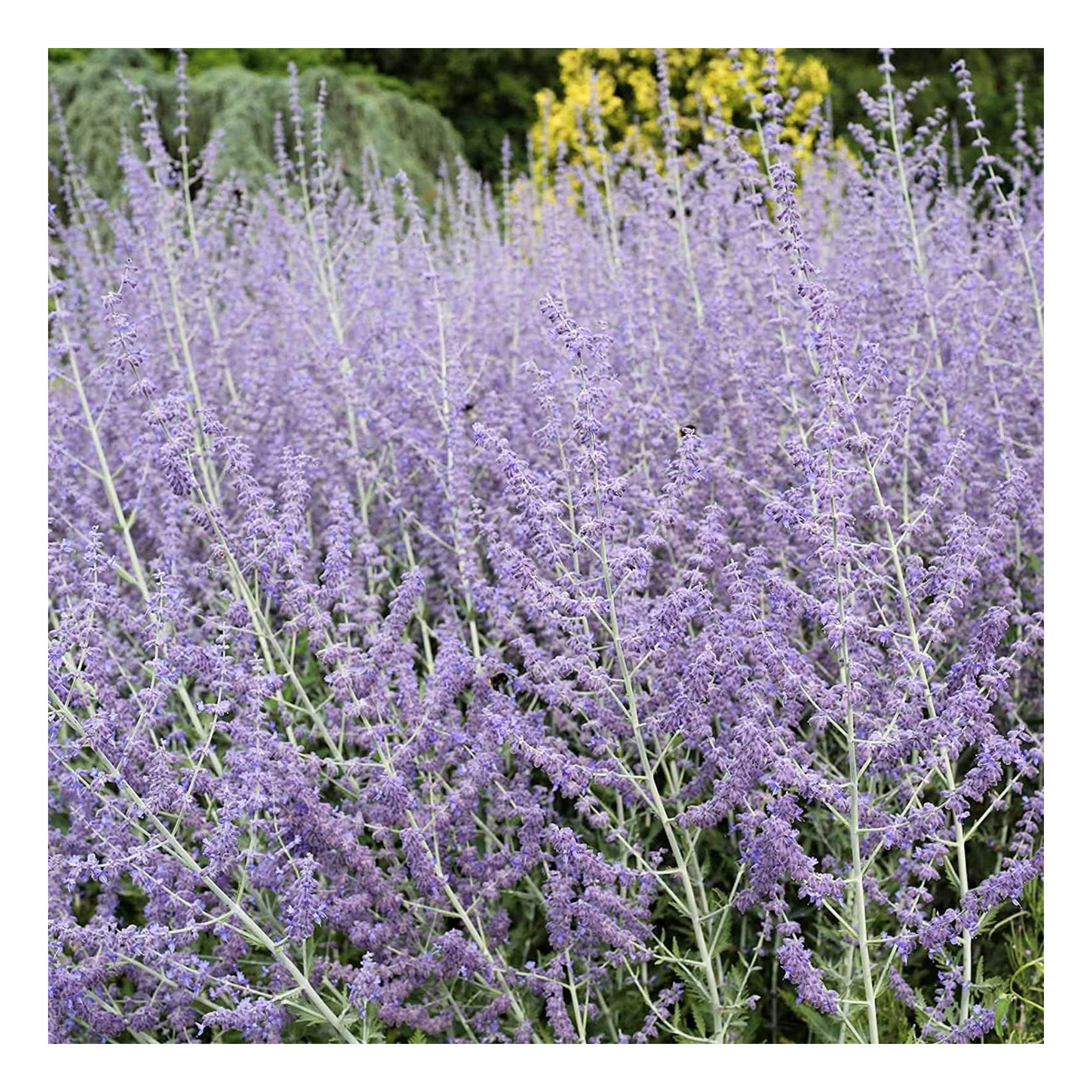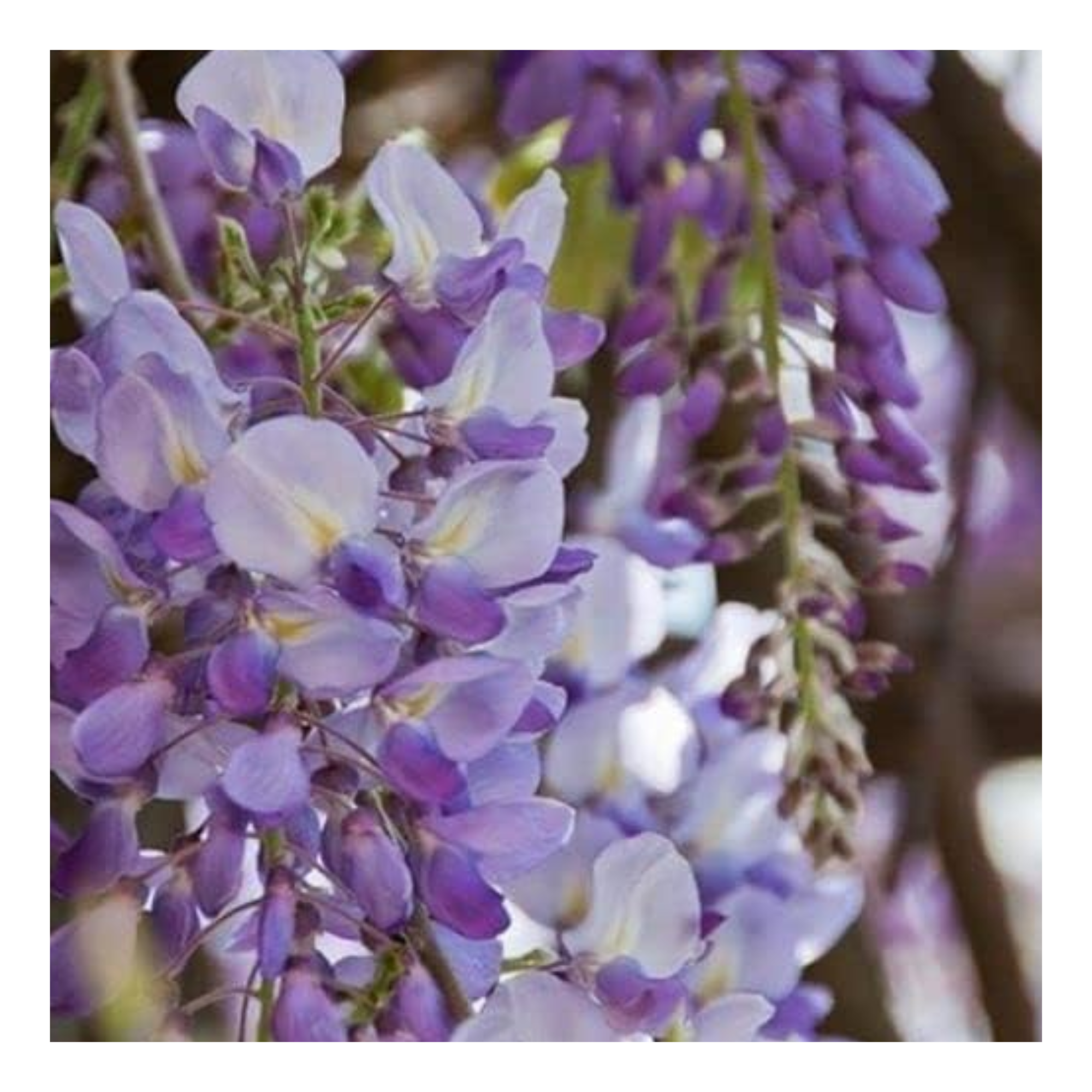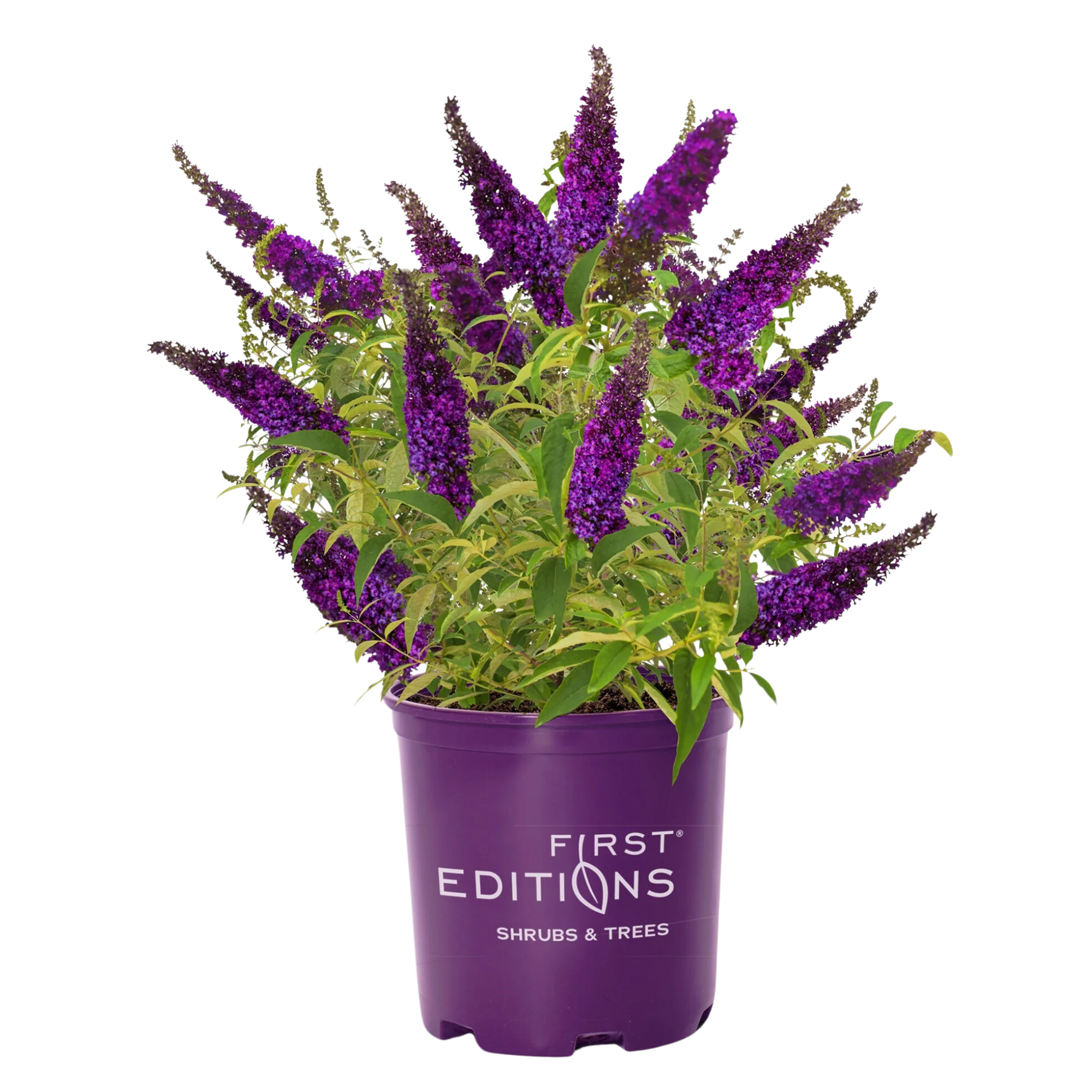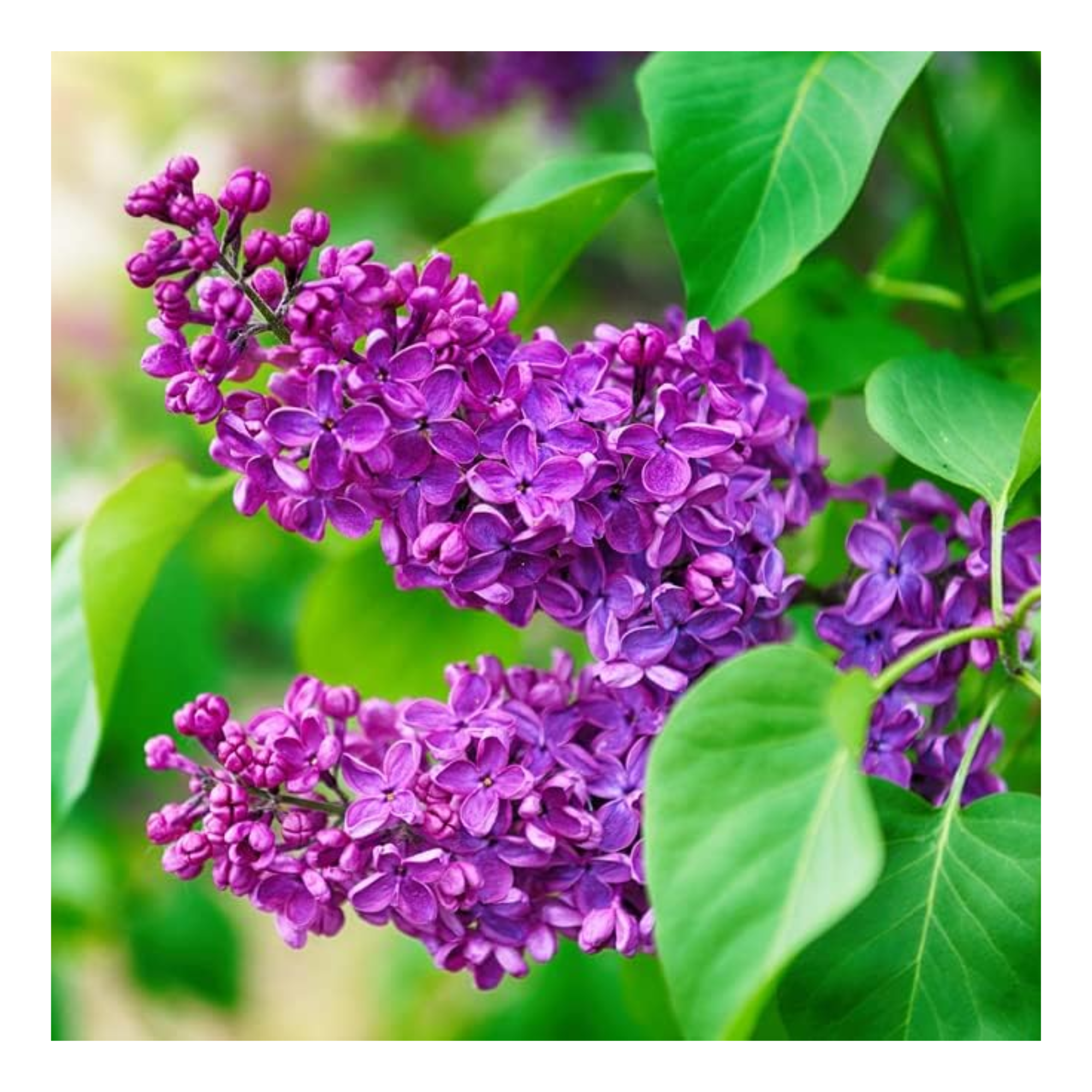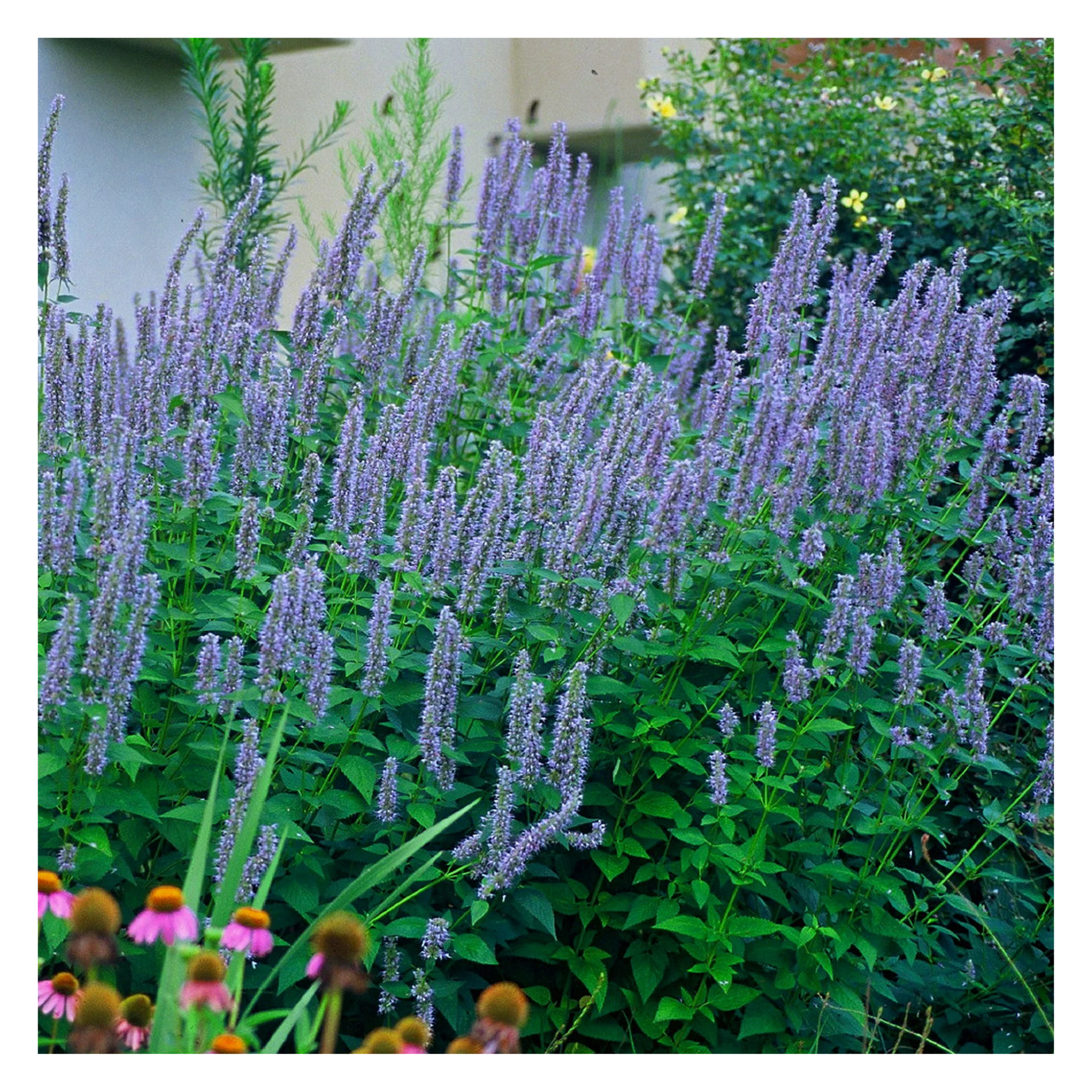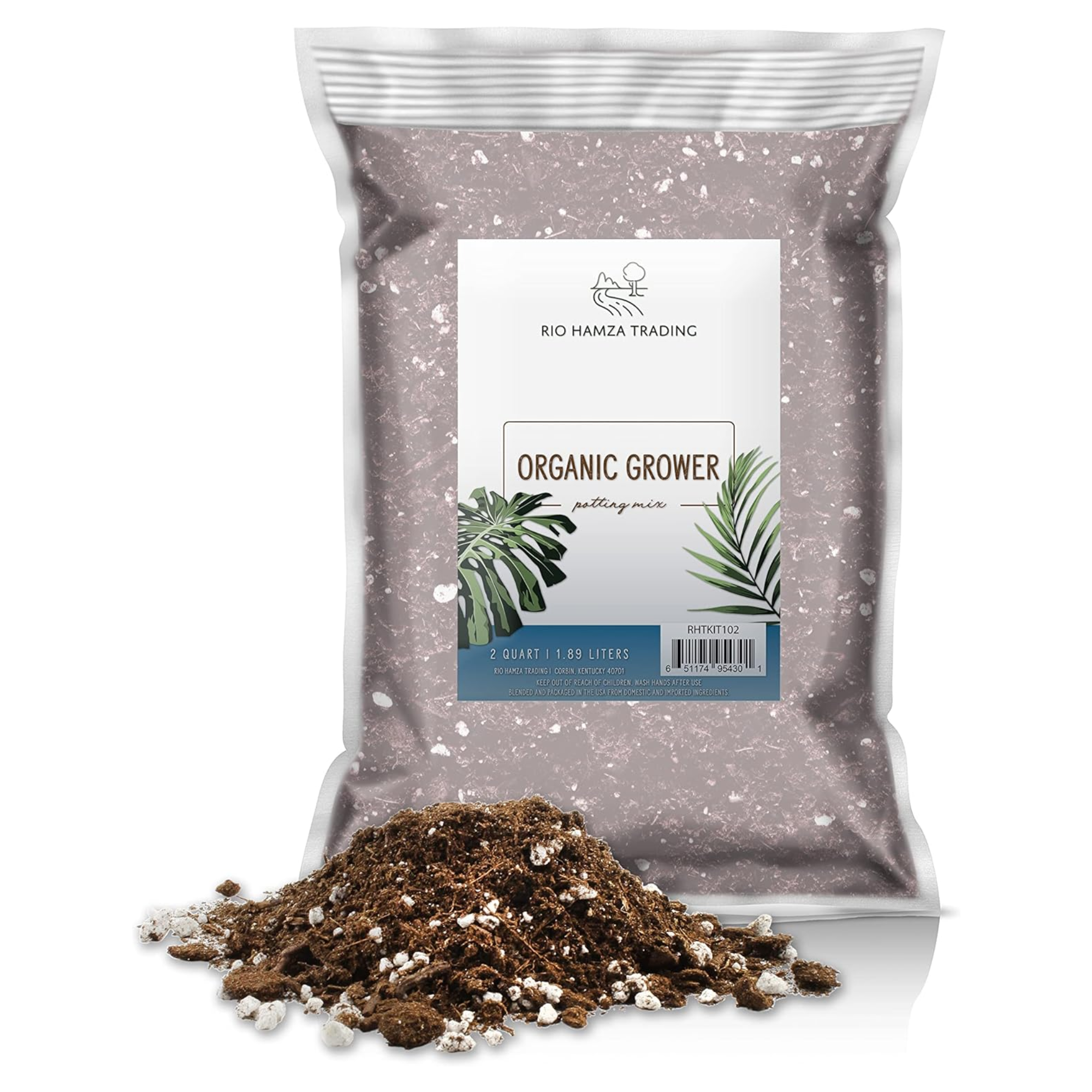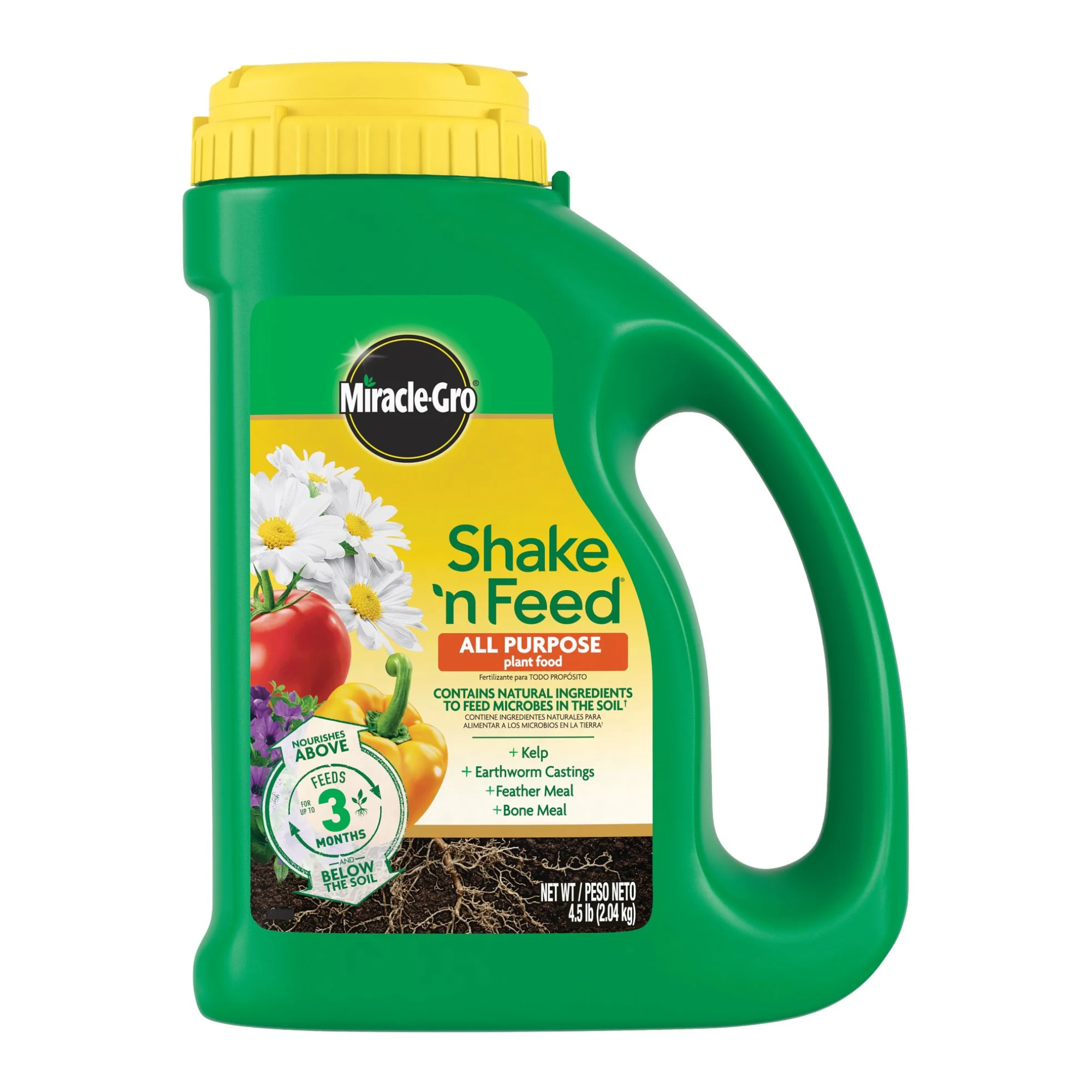Lavender Alternatives — 6 Other Purple Flowers That Are Just as Beautiful (and Smell Just as Good)
Lavender is a classic choice for your yard, but why limit yourself? These other purple-blooming flowers will look great and offer their own aromatic qualities


If there's one plant you'll find across all styles of garden, it's lavender. These purple beauties are known for the incredible scent they carry and their prolific vertical blooms. But sometimes you might just be in the mood to mix it up.
And you're probably well-versed with lavender plant care and the different types of lavender to plant in your backyard, but there happen to be plenty of other options that offer similar vibrant hues and tantalizing scents.
So if you're interested in enjoying the best of both worlds, why not try planting one of these alternatives as recommended by our gardening experts?
1. Russian Sage
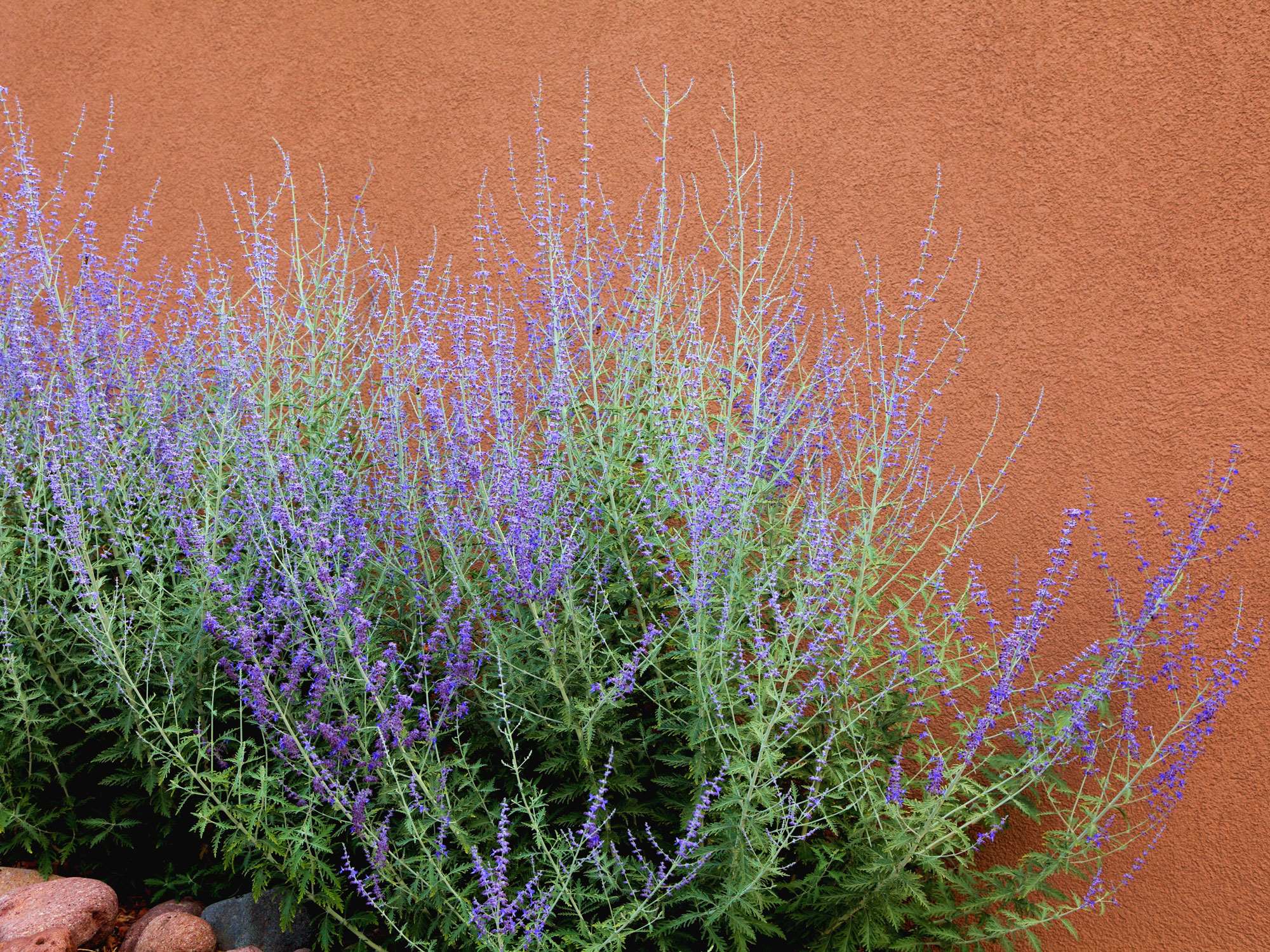
With so many different types of lavender out there, we're here to make your decision a little bit easier.
In conversation with planting expert Alexander Betz, Russian sage is the perfect alternative to lavender. "Its airy structure and aromatic, silvery foliage make it a great choice for borders and edging in garden beds," he says. "It has tall, spiky purple-blue flowers and is a favorite in xeriscapes due to its drought tolerance."
When it comes to growing Russian sage, Alexander recommends planting in well-drained soil in full sun. He also tells us that it thrives in hot, dry climates with minimal water once established. So if you're looking for an alternative in the drought-tolerant plants category, you can't go wrong with Russian sage.
Hardiness Zones: 4 - 9
2. Wisteria

According to Kelly Funk, president and CEO of Jackson & Perkins, wisteria is a vine that's a beautiful option for replacing lavender in the garden. "The amethyst falls wisteria from Jackson & Perkins has fragrant, vivid flowers on 4- to 6-inch racemes," she says. "They bloom in spring and repeat all summer long."
Kelly finds that it works wonderfully for arbors, garden structures, sturdy trellises, and other supports. Alternatively, she recommends training it into a free-standing tree by staking it while it’s young and encouraging upright growth through heavy pruning at the base. Kelly's tip is to plant in moist, well-drained soil in full sun to partial shade with light, infrequent watering.
Hardiness Zones: 5 - 9
3. Catmint

Lavender is generally considered to be quite hardy, so its alternatives should be able to match that energy. Lucky for us, catmint is a considerable swap for lavender and is among plants that can withstand heat and cold.
"Catmint is a hardy perennial with aromatic, gray-green foliage and spikes of beautiful purple-blue flowers," says Alexander. "It can be planted in spring or fall and cut back after flowering to encourage a second bloom and maintain a neat appearance." He recommends planting catmint in well-drained soil in full sun to partial shade, watering every now and then once established.
Hardiness Zones: 3 -8
4. Buddleia
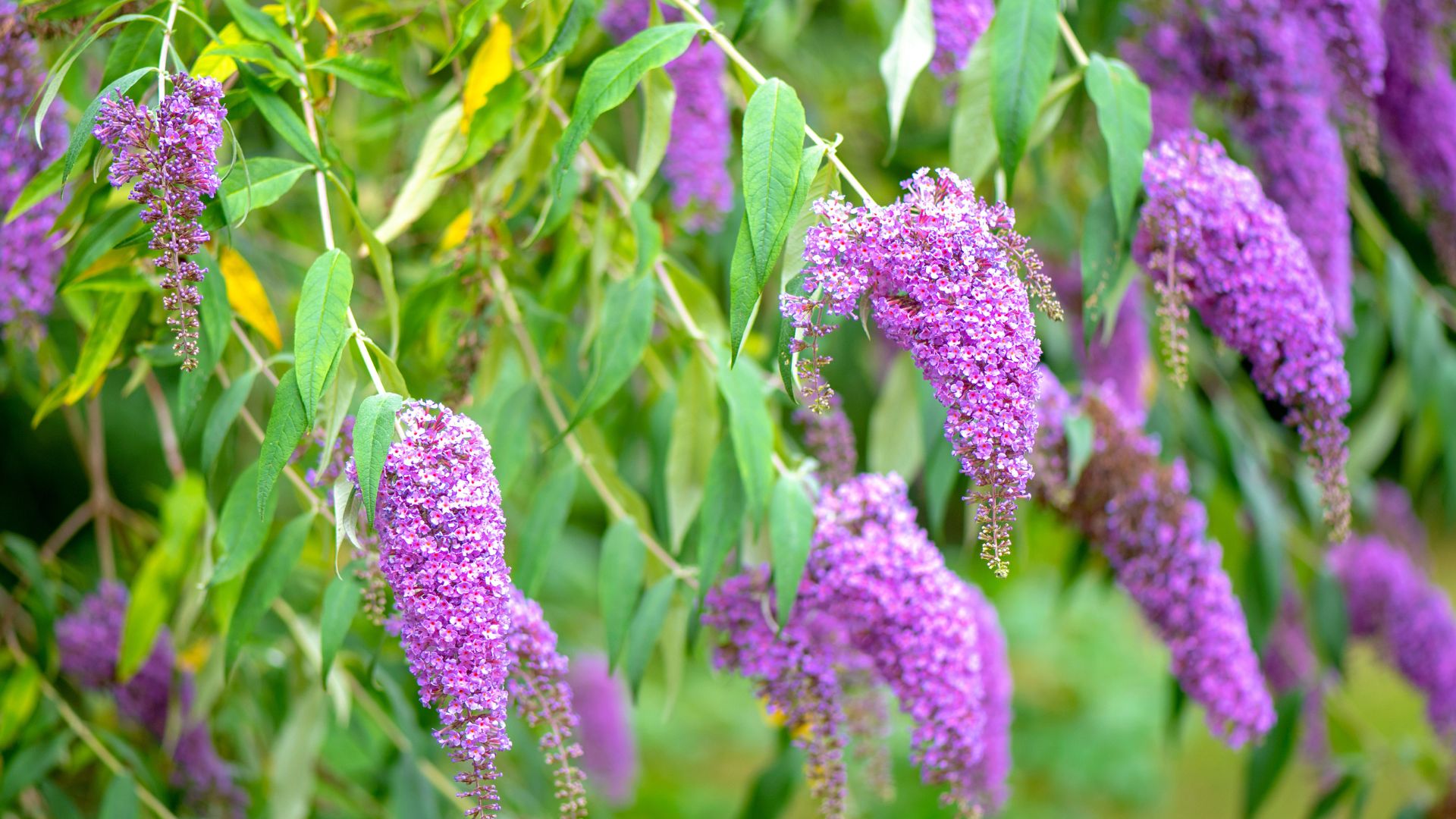
Buddleia or butterfly bush brings so much personality to a garden and also draws beneficial insects into your outdoor space. And as one of our favorite fairy-tale garden plants, we're glad it made the cut. When planting, it's important to note that they thrive in full sun and medium moist well-draining soil.
"The stunning plant features extra-large flower spikes supported by thick, sturdy stems, enhancing their winter survival in colder climates," notes Kelly. "Their nectar-rich flowers not only provide a lovely fragrance but are extremely pollinator-friendly, attracting many bees and hummingbirds too."
Hardiness Zones: 5 - 9
5. Lilacs

Not only are lilacs one of the best flowering bushes for privacy, but they're also a wonderful alternative to lavender. These plants sprout tubular panicles of pretty purple flowers and they are well-known for their strong fragrance.
For a flourishing lilac patch, it's best to plant lilac in a sunny spot and treat it to well-draining soil. Lack of sunshine and water can cause the plant's color to fade, so as long as you tend to your plants regularly, they will do right by you. Just imagine having this lush bloom growing around your home, pulling together your home's enchanting ambiance.
Hardiness Zones: 3 - 7
6. Agastache 'Blue Fortune'

We love the look of an intentionally curated gardenscape. So if you're like us and you pay great attention to garden color schemes, then agastache 'blue fortune' is an ideal alternative. It looks like lavender's long-lost twin and also carries a mesmerizing scent.
Also known as anise hyssop, this perennial is extremely easy to grow and is known to be hardy. With its unique bottle-brush flowers and its low-maintenance nature, this plant loves deadheading as it encourages further blooming. Grow them in well-draining soil and add mulch during the colder months for extra protection.
Hardiness Zones: 5 - 9
Lavender is a lovely garden addition but if you've been on the lookout for some lovely alternatives to this popular grow, then these expert-approved plants are worth a plant.
With a little TLC, you'll soon be the proud owner of a picturesque purple haven that smells heavenly. And plus, we think it'll make a great backdrop for alfresco dining and garden parties alike.
Here are some gardening buys to help your yard flourish
Be The First To Know
The Livingetc newsletters are your inside source for what’s shaping interiors now - and what’s next. Discover trend forecasts, smart style ideas, and curated shopping inspiration that brings design to life. Subscribe today and stay ahead of the curve.

Amiya is a Home Wellness Writer at Livingetc. She recently graduated with a Masters Degree in Magazine Journalism from City, University of London, and has lent her words to beauty, fashion, and health sections of lifestyle publications including Harper’s Bazaar and Women’s Health. Her experience as a research analyst has equipped her with an eye for emerging trends. When she’s off the clock, she can be found reading, listening to music, or overanalyzing her latest Co-Star update.
-
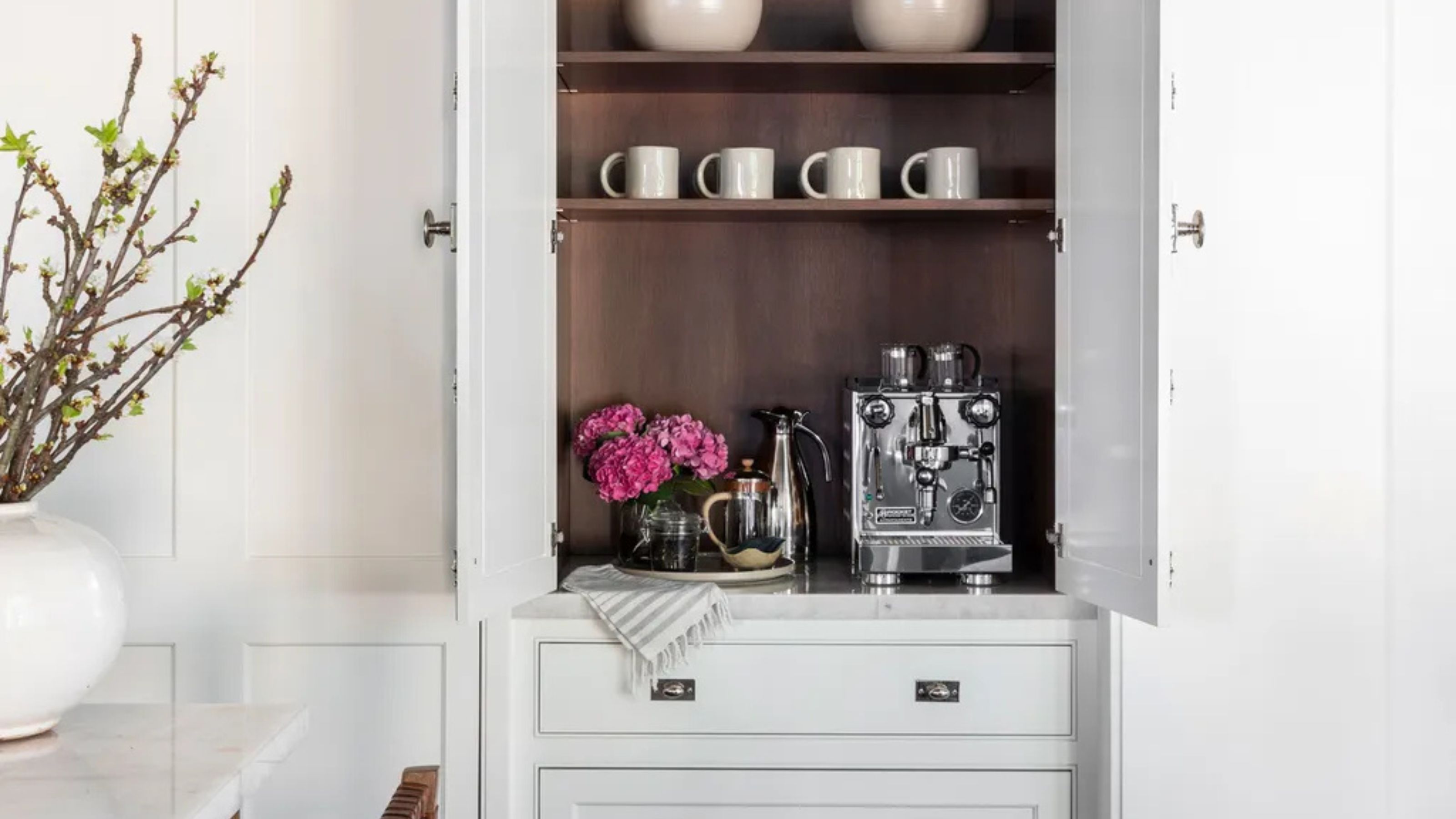 Turns Out the Coolest New Café is Actually In Your Kitchen — Here's How to Steal the Style of TikTok's Latest Trend
Turns Out the Coolest New Café is Actually In Your Kitchen — Here's How to Steal the Style of TikTok's Latest TrendGoodbye, over-priced lattes. Hello, home-brewed coffee with friends. TikTok's 'Home Cafe' trend brings stylish cafe culture into the comfort of your own home
By Devin Toolen Published
-
 5 Bathroom Layouts That Look Dated in 2025 — Plus the Alternatives Designers Use Instead for a More Contemporary Space
5 Bathroom Layouts That Look Dated in 2025 — Plus the Alternatives Designers Use Instead for a More Contemporary SpaceFor a bathroom that feels in line with the times, avoid these layouts and be more intentional with the placement and positioning of your features and fixtures
By Lilith Hudson Published
